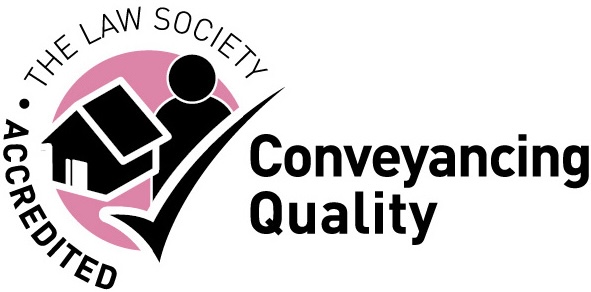Listed buildings are often very attractive and buying one can be tempting. But the rules surrounding what you can and can’t do are strict and you need to go into a purchase with your eyes open. We take a look at what listed building ownership entails.
A listed building is included on the list of buildings of special architectural or historic interest maintained by Historic England.
Grades of listed buildings
There are three different grades for listed buildings:
- Grade II listed buildings, of special interest. Around 91.7% of the country’s estimated half a million listed buildings are Grade II
- Grade II* listed buildings are particularly important and have more than special interest. 5.8% of listed buildings are of this level
- Grade I listed buildings are of exceptional interest nationally and historically. Only 2.5% hold this grade
Almost all buildings constructed before 1700 and most of those built before 1840 will be listed. Those dated between 1840 and 1914 will be listed if they are considered to be of historical significance.
What restrictions exist in respect of listed buildings?
If you own a listed building, you need consent for almost any work you intend to carry out. Failure to secure permission to demolish, alter materially or extend a listed building is a criminal offence and you can receive a prison sentence of up to two years, an unlimited fine and be required to restore the property to its original condition.
Major works, such as extending are often not possible. Work that requires consent includes anything which alters the inside or outside of the building, removal of walls, replacement of doors and windows, extending the property in any way, altering or removing staircases, fireplaces or other original features or fittings, work on outbuildings and changing the external colour of the property.
Applying for consent to carry out work on a listed building
You will need to apply to the local authority for listed building consent to carry out any work you wish to do. You may also need planning permission, even if a non-listed building would not need it.
The local authority is likely to be strict not only about what work is done and how it is carried out, but also about the materials that are used. For example, downpipes might have to be cast iron and not plastic.
You should note that a listed building is also more likely to be situated in a conservation area, which will also carry restrictions and the need for approval before work commences.
Repairs and maintenance
As a listed building owner, you will have a duty to keep the property in good repair and condition. If you do not, you could receive a notice requiring you to carry out repairs under the Town and Country Planning Act.
It is often the case that work to a listed building is substantially more expensive than to a non-listed building. You will need to use traditional or sympathetic materials, replacing like with like, and this is usually more expensive. You may also need skilled tradespeople to carry out the work. In some cases, grants may be available but you should not rely on this possibility.
You will need to keep the building properly insured. This can be more difficult to arrange than is normally the case as insurers are sometimes reluctant to take on listed properties. You are advised to speak to a broker before you go ahead with a purchase to ensure that insurance will be possible and to find out how much the premium is likely to be.
Owning a listed building
If you are prepared to take on the expense and complications of obtaining the local authority’s consent for every minor piece of work you want to carry out, owning a listing building can be enjoyable. Many are charming and in beautiful areas. For example, Bath is a World Heritage Site with more than 5,000 listed buildings.
Provided you understand exactly what you are taking on, living in a listed building is often very rewarding.
Contact us
If you would like to speak to one of our expert property lawyers, ring us on 0333 3055 189 or email us at info@lpropertylawyers.co.uk

